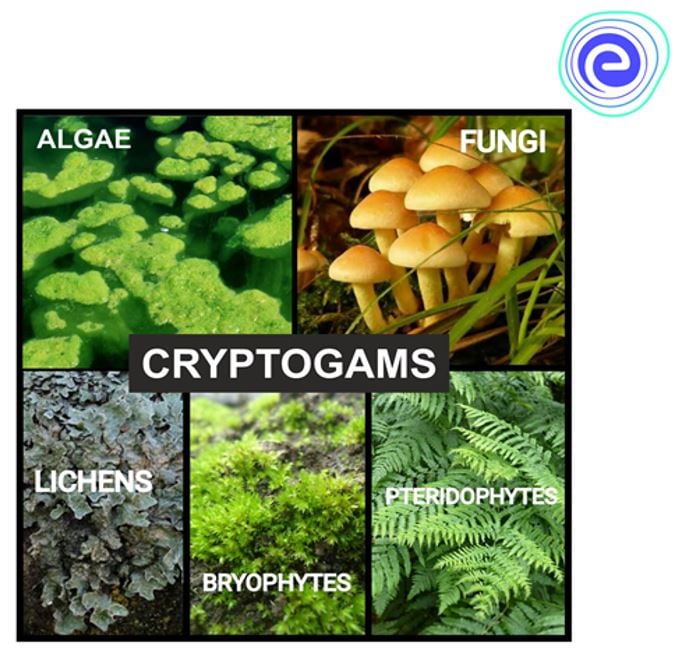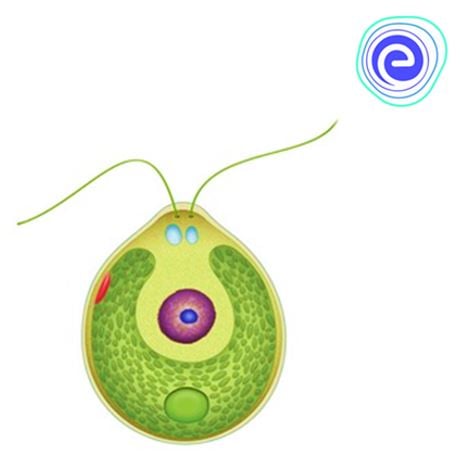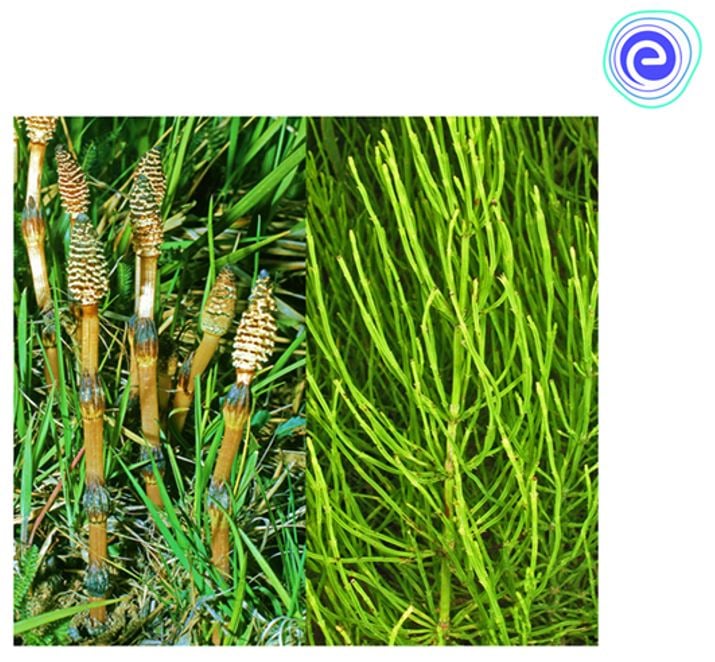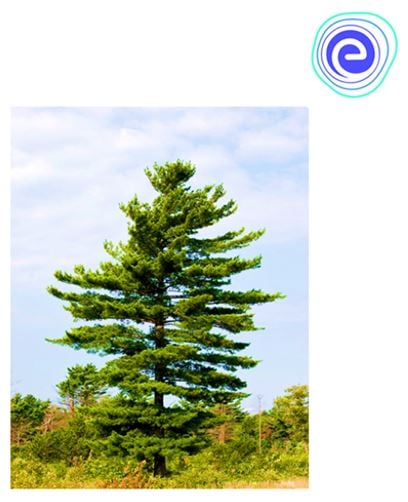The Three Laws of Motion by Isaac Newton are where the concept of force originates. Newton's second law states that force is "the product of...

Effects of Force: Definition, Types, Examples
April 11, 2024
Kingdom Plantae: Various types of plants surround us. Each plant can be distinguished by its leaves, stems, flowers, and fruits. They grow in different habitats. Do you know why they do not look similar? There are many plants on this earth, and they have different morphological and anatomical features and different reproductive processes. The classification of all plants in Kingdom Plantae is done according to their characteristics. Kingdom Plantae is a vast group in which plants are classified into subgroups. It is essential to know about plants and their functions and characteristics.
Read on to know more about Kingdom Plantae and different reproductive processes. The classification of all plants in Kingdom Plantae is done according to their characteristics. Kingdom Plantae is a vast group in which plants are classified into subgroups. It is essential to know about plants and their functions and characteristics. Read on to know more about Kingdom Plantae.
All plants on this earth belong to Kingdom Plantae. Kingdom Plantae is a group that includes autotrophic, multicellular, photosynthetic eukaryotes. These are mainly non-motile, embryo forming, and function primarily as the producers in the ecosystem because they can fix solar energy in chemical energy through photosynthesis. They have a rigid cell wall mainly made up of cellulose.
The few characteristics of Kingdom Plantae are given below:
Taxonomy is the system of classification. To study the different organisms living on earth, biologists have sorted and classified them based on their similarities and differences. All plants are, however, included in one Kingdom Plantae and are further divided into sub-groups. The classification of plants is based on a few criteria. These are:
(a) Plant Body- Presence or absence of a well-differentiated root, stem, and leaves.
(b) Vascular System- Presence or absence of vascular tissues like xylem and phloem to transport water and other substances.
(c) Seed Development- Presence or absence of flowers and seeds. The seeds are naked or enclosed in a fruit.
The first sub-kingdoms consist of plants that are non-vascular and seedless plants known as Cryptogamae. The second sub-kingdoms are consisting of vascular and seed-bearing plants known as Phanerogamae.

(1) Subkingdom Cryptogamae

Fig: Cryptogams
(a) Division Thallophyta
These plants exhibit the following characteristics:
(b) Division Bryophyta
They are known as the amphibians of the plant kingdom. They exhibit the following characteristics:
(c) Division Pteridophyta
They are known as the first true land plants. They exhibit the following characteristics:
(2) Subkingdom Phanerogamae

Fig: Phanerogams
(a) Gymnosperms
They are also known as Phanerogamic Spermatophyta (seed-bearing). They exhibit the following characteristics:
(b) Angiosperms
They are also known as flowering plants. They exhibit the following characteristics:
Examples of Thallophytes: Chlamydomonas, Chlorella, Spirogyra, Zygnema, Ulothrix, Cladophora, etc.

Fig: Chlamydomonas
Examples of Bryophytes: Riccia, Marchantia, Porella, Funaria, Sphagnum, Polytrichum, etc.

Fig: Marchantia
Examples of Pteridophytes: Psilotum, Rhynia (fossil), Lycopodium, Selaginella, Equisetum, Pteris, Dryopteris, Nephrolepis, Adiantum, etc.

Fig: Equisetum
Examples of Gymnosperms: Cycas, Pinus, Ginkgo, Gnetum, Ephedra, Juniperus, etc.

Fig: Pinus
Examples of Angiosperms: Apple, Mango, Cabbage, Carrot, Rice, Wheat, Atropa, Cinchona, Rauwolfia, etc.

Fig: Rice
The importance of Kingdom Plantae is mentioned below:
The Plantae kingdom is the group of all plants that are found on the earth. Further, the kingdom Plantae has been classified into several subgroups based on the plant body, vascular system, and seed development. These groups are Thallophyta, Bryophyta, Pteridophyta, Angiosperms, and Gymnosperms. The plants belonging to these groups have some differences as well as have few similarities also.
The main aim of classification was to identify, name, and understand the relationship among these plants. Though the Plantae kingdom is not the largest, it is an essential one. Plants produce almost all the oxygen on earth. Plants also have ecological and economic importance. It brings stability to the ecosystem and plays a vital role in providing food for animals and humankind. Additionally, they provide clothing, timber, medicines, etc.
Below are the frequently asked questions with solutions related to Kingdom
Q.1: How is the Plantae Kingdom classified?
Ans: The kingdom Plantae is divided into two subkingdoms: Cryptogamae and Phanerogamae.
Q.2: What are the 5 major characteristics of the Kingdom Plantae?
Ans: The five major characteristics of the Plantae kingdom are as follows:
Q.3: What do you mean by Kingdom Plantae?
Ans: Kingdom Plantae is a group that includes multicellular, photosynthetic eukaryotes. These are mainly non-motile, embryo forming, and function primarily as the producers in the ecosystem.
Q.4: What are 3 examples of Plantae?
Ans: The 3 examples of Plantae are Chlorella, Pinus, and Wheat.
Q.5: Name the pigment that is responsible for the process of photosynthesis in plants?
Ans: The pigment chlorophyll is responsible for the process of photosynthesis in plants.
Q.6: Which plants are known as ‘amphibians of the plant kingdom’?
Ans: Bryophytes are known as ‘amphibians of the plant kingdom’.
We hope this detailed article on Kingdom Plantae helps you in your preparation. If you get stuck do let us know in the comments section below and we will get back to you at the earliest.